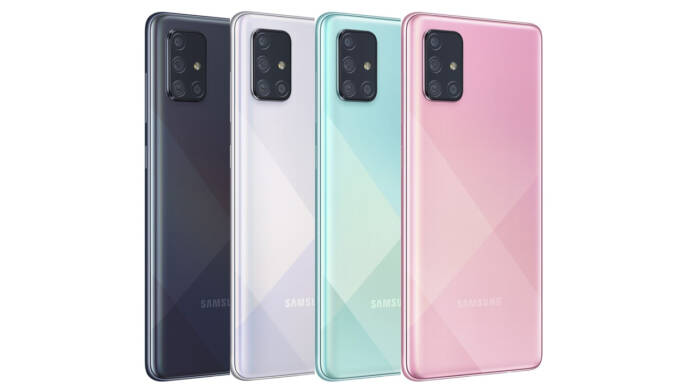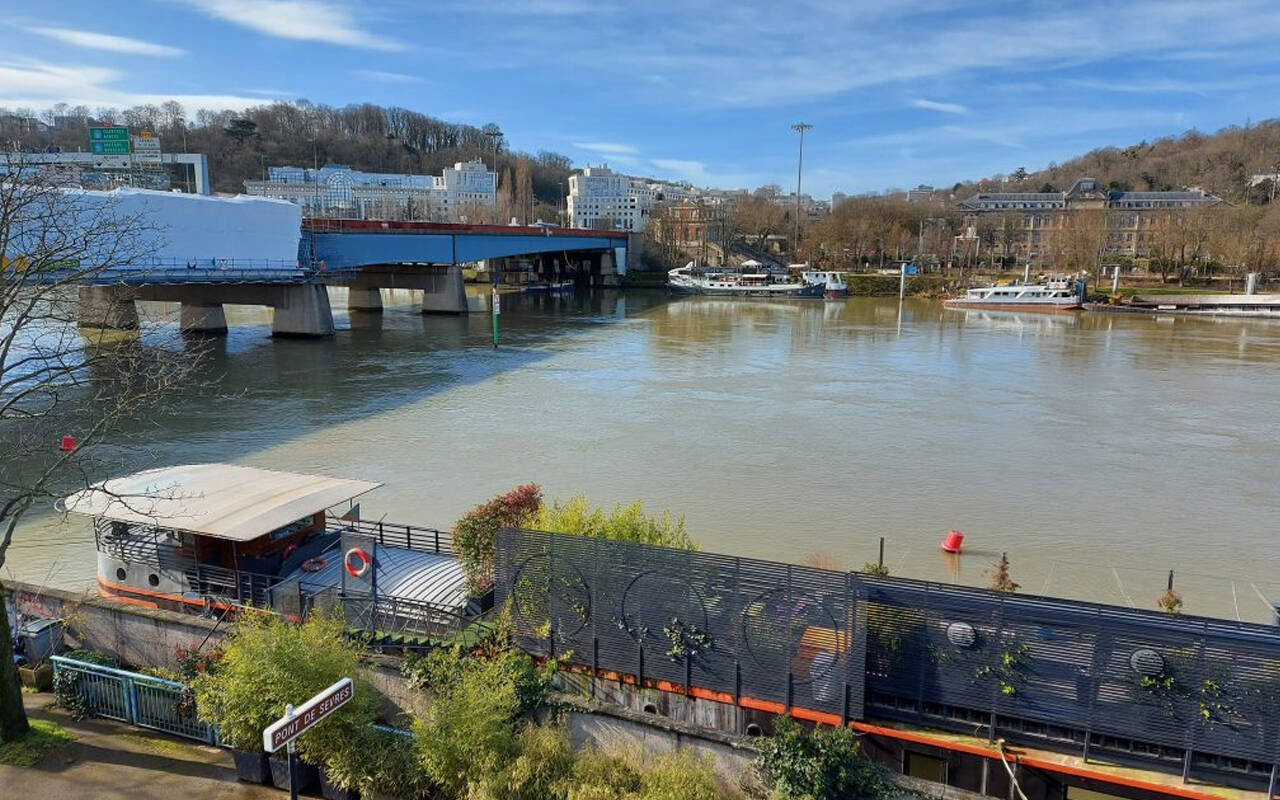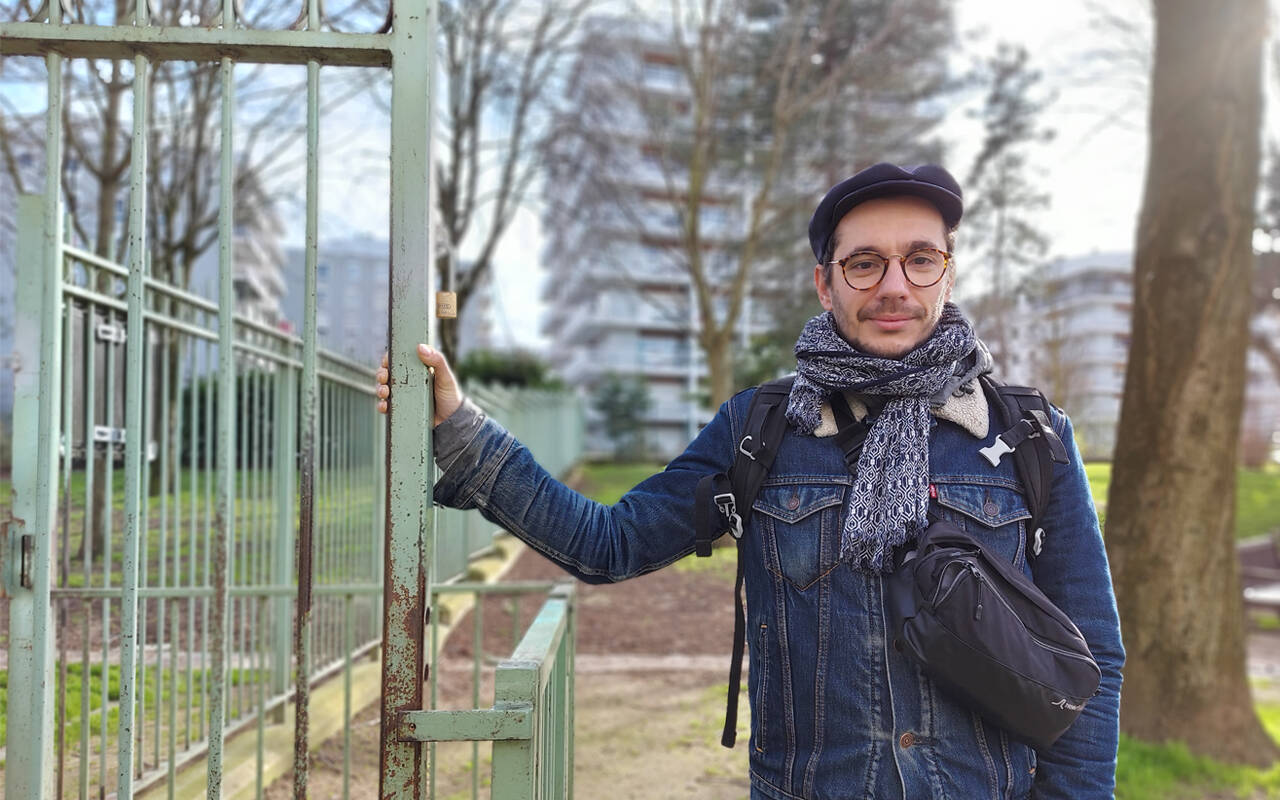
Samsung Galaxy A71 unveiled back in January received mixed reviews on launch owing to its price as compared to other competing phones. Now a closer look at its camera prowess reveals average results, which may not do any good to the reputation of the Galaxy A71. The phone was pitted against Xiaomi Redmi K20 Pro by DxOMark that employed rigorous testing methods to access the performance of Galaxy A71’s camera in real-life conditions. The camera received a pretty average score for stills and video captured. The website scored it at 84, which interestingly is comparable to Samsung A50, the company’s mid-ranger launched in February 2019.
For the optics, Galaxy A71 has a quad-camera setup with 64 MP primary camera and 0.8µm pixels linked to a 26mm-equivalent f/1.8-aperture lens. Alongside is an ultra-wide 12MP sensor with 12mm f/2.2-aperture lens and 5MP macro 1/5.0-inch sensor with 1.12µm pixels and 25mm f/2.4-aperture lens. For depth sensing to lend background blur and bokeh, the camera employs 5MP sensor with an f/2.2-aperture lens. The smartphone captures 4K footage at 30fps. Higher 240fps and 960fps are available when the resolution is toned down to Full HD 1080p. There’s a gyroscope-based Electronic Image Stabilization system on-board which smoothens the output in shaky conditions.

Camera Performance
In most well-lighted conditions the phone cameras capture accurate exposure with slightly higher contrast. Especially while capturing natural scenes, the phone has a wide dynamic range preserving highlight and shadow details pretty well. Although in very bright conditions the exposure levels are little high with a low level of contrast. A blue color cast is present in all images which is disappointing even though the photos from both main and ultra-wide lenses give great results in good light. In low light, the details are slightly lower with autofocus issues, which can be frustrating to users. More than 50 percent of the test images were found out of focus in such conditions. For the videos, the exposure and color are ideal but the same autofocus issue props-up in low light shooting.

Ultra-wide and Indoor photography
As can be seen clearly, the Galaxy A71 has a problem with ultra-wide images as there is an evident distortion which results in the bending of straight lines of the frame near the edges. This causes a very unpleasant fish-eye lens like bending which looks unnatural. While shooting indoors the phone cannot reproduce the same dynamic range as the photos are underexposed and clipped highlights. Also, the device disappoints when we talk of fine details in the photos, be it indoors or outdoors. When most of the test images are zoomed, they are not as sharp as expected.

Portrait shots
The Portrait mode of Galaxy A71 is commendable with excellent subject isolation in bokeh shots as the depth of field is strong. There is a nice shape to the bokeh highlights which is consistent in all photos. When using auto-flash the exposure is good but at times the background can be underexposed and the skin tone is a bit inconsistent. The same can be seen while using auto-flash for shooting low-light cityscapes. The night portraits are better than the auto-flash photography as the subject is bright with greater dynamic range.
Video stabilization
The video shooting capability is found average on the phone. Details are lower than seen on other 4K devices and the noise reduction algorithms are also not very fine-tuned. The phone scores really well in video stabilization though. When shooting videos while walking, they are jitter-free. So if you want a phone to mount on the bicycle or your adventure gear for a hike, it could be a choice.









